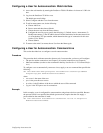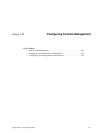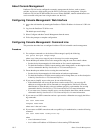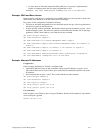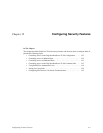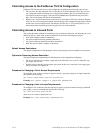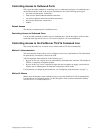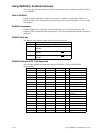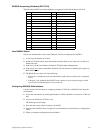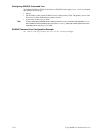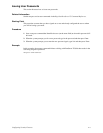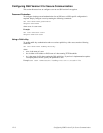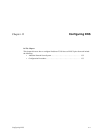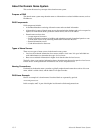Configuring Security Features
12-3
Controlling Access to Outbound Ports
This section describes methods for controlling access to outbound serial ports. An outbound port is
one defined on the dev field of the set ports command for one of the following device types:
• prn (used to define printer connections)
• mout (used to define outbound modem connections
• mio (used to define bi-directional modem connections)
• host (used to define host connections)
• modbus
Default Access
The default for outbound ports is unlimited access.
Restricting Access to Outbound Ports
Use the set auth command to restrict access to outbound ports. See the description of the set auth
command in the Digi One/PortServer TS Command Reference for more information.
Controlling Access to the PortServer TS 8/16 Command Line
This section describes how to restrict access to the PortServer TS 8/16 command line.
Method 1 Autoconnection
The autoconnection feature allows you to configure a user to access the PortServer TS 8/16 but then
be automatically connected to a host on the LAN.
You can implement autoconnection in the following ways:
• By port. In this case, all port users are automatically connected to the same host. The PortServer
TS 8/16 is completely transparent to them.
• By user. In this case, a user is required to login and may be required to supply a password, but
once the user is authenticated, an automatic connection to a hosts made.
For information on configuring autoconnection, see "Configuring Autoconnection" on page 7-1.
Method 2: Menus
Menus select destination systems without having to access the PortServer TS 8/16 command line.
For information on configuring menus, see the description of the set menu command in the Digi
One/PortServer TS Command Reference.



